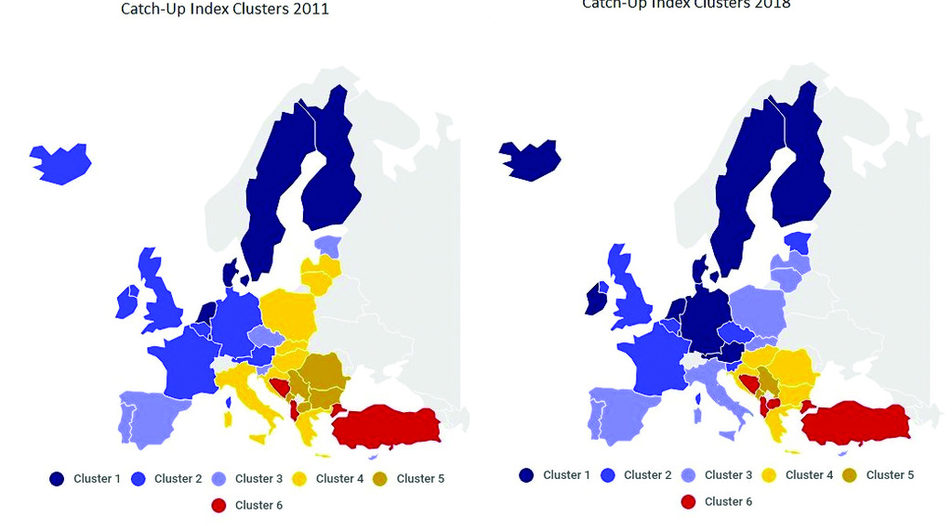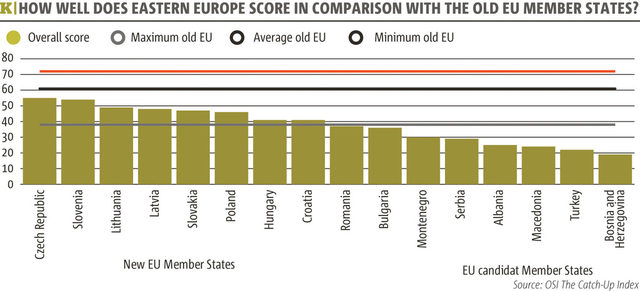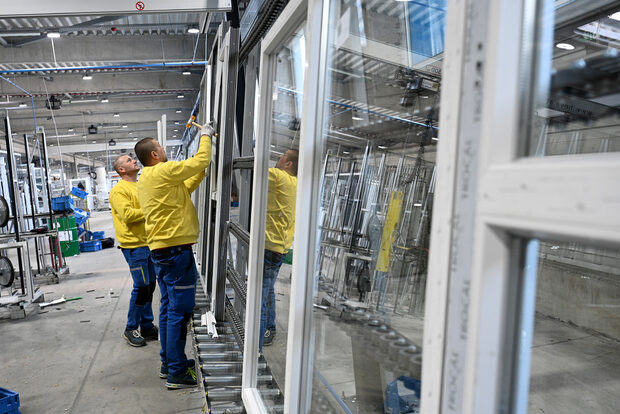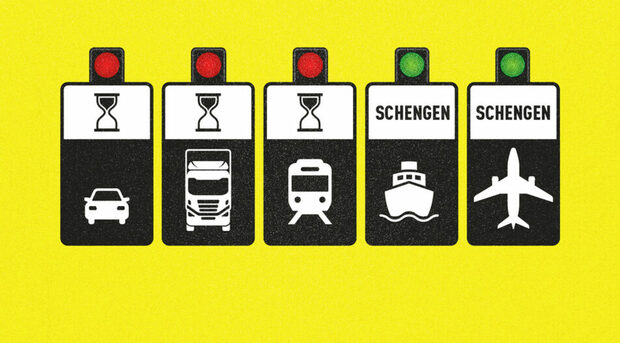For the Central and East European (CEE) countries that joined the European Union after 2004, there is good news and bad. The negative is that they still have a long way to go before catching up with the more affluent old EU Member States.
The positive is that the CEE countries are outperforming the old Member States. Three new EU Member States - Estonia, the Czech Republic and Slovenia - are already on a par with some of their richer counterparts. This is the main conclusion of the most recent edition of the Catch-Up Index created a few years ago to answer the question "When are CEE countries going to catch up with the rest?" and reach "average European levels" of development. The index measures the performance of 35 countries - the EU Member States, the candidate and potential candidate countries across four categories - Economy, Quality of Life, Democracy and Governance, using 47 basic indicators. The Catch-Up Index 2018, released in March 2019, is the eighth annual edition of the report prepared by Sofia's Open Society Institute's European Policy Initiative. EU membership: Membership of the club pays off It is no surprise that the North-western European countries top the Catch-Up Index rankings in nearly every category. But long-term trends show that the CEE countries are indeed catching up with the rest and some of them are outperforming old member states. Three new EU Member States come very close to the desired benchmark- Estonia has reached 13th position out of 35, the Czech Republic is 14th and Slovenia is 15th in the overall ranking. Also, there is clearly a pattern associated with the EU membership status because members of the club perform better than outsiders. The most recent EU accessions - Bulgaria, Romania and Croatia - may often fall behind their CEE peers, but are still outperforming the EU candidate countries of the Western Balkans and Turkey, which lag at the bottom of the rankings. Among the remaining CEE countries, there are two diverging trends.
The Baltic countries of Latvia and Lithuania are more ambitious and generally progress. But there is also the cautionary tale of countries like Hungary and Poland. Previously frontrunners in the CEE region, they are still maintaining a good track record in Economy, but have started to regress substantially in Democracy, Governance and Quality of Life. It remains to be seen if they are changing the paradigm of the catching-up process which has so far followed Western-style economy, democracy and good governance models. Not exactly a Great Leap Forward, but still steady progress for Bulgaria Bulgaria now occupies 29th position out of a total field of 35 in the latest overall ranking of the Catch-Up Index 2018. It ranks last among the new member states but still performs better than the six EU candidate countries, including Serbia and Turkey. Yet the rankings tell only part of the story. The index also uses cluster analysis to divide into groups the countries with identical characteristics and level of development. This adds an additional perspective as shown on the map. In the first edition of the index (Index 2011), Bulgaria shared the 5th (and second to the last cluster) with Serbia, Montenegro and Macedonia. Fast forward, in the 2017 and 2018 maps, Bulgaria has joined the 4th cluster with fellow EU members Hungary, Croatia and Greece, while Serbia and Montenegro have stayed behind in the 5th cluster and Macedonia has moved to the 6th. By comparison, Estonia, the Czech Republic and Slovenia have graduated from 3rd cluster in 2011 to the 2nd cluster in 2018 in the company of the UK, France and Belgium.
The other CEE countries moved from the 4th (2011) to the 3rd (2018) cluster in Europe. In the four constituent categories of Index 2018, Bulgaria is in 28th position out of 35 countries in the Economy ranking. On the Economy cluster map, Bulgaria is in the 4th cluster out of six together with Hungary, Croatia of the new, and Italy and Portugal of the old member states. Bulgaria's best achievement in Index 2018 is in the Governance category where it advances to 27th position, two places up from 2016. Bulgaria is in the 4th cluster together with Romania and Greece, with Croatia, Hungary and Poland not that far up in the ranking.
Bulgaria's poorest performance in 2018 is in the Quality of Life category as it is in 30th position. In this category, Bulgaria is in the 5th cluster along with Romania and several EU candidate countries. Closer to Bulgaria are Hungary (26th) and Croatia (27th), while the other CEE countries do better. Slovenia (13th) and the Czech Republic (14th) are the best performers among the new member states and part of the 2nd cluster in Quality of Life. Bulgaria's performance in Democracy is inconclusive as it occupies 29th position and is close to Hungary in 28th position in the ranking and along with Croatia, Greece and Romania is in the 4th Democracy cluster. By contrast, Estonia excels in Democracy as it is 11th in the ranking and part of the 2nd cluster together with Germany and the UK. In the individual 47 basic indicators used to measure the categories, Bulgaria's performance varies. In the Economy indicator, Bulgaria is falling behind in the GDP indicator but performs much better in employment, where it is comparable with the older member states. It excels in the low government debt indicator, where it is the 4th best performer, behind Estonia, which is the 1st. In the Quality of Life indicator.
Bulgaria underperforms in household wealth and health indicators, especially in low life expectancy, along with Latvia and Lithuania, but performs well in long-term unemployment. In the Democracy category, Bulgaria performs better than Hungary and Romania in the aggregated democracy indices but occupies one of the last spots in media freedom. In Governance, Bulgaria scores poorly on corruption, with Romania and Hungary close by, but performs better in "internal conflict and crime in society" indicator as it is fourth among the 11 CEE countries just behind the Czech Republic, Slovenia and Slovakia and has a decent result in e-governance. The Catch-Up Index was developed and is maintained by the Open Society Institute - Sofia. The latest report "How Hard Can It Be? Findings of the European Catch-Up Index 2018" is available at www.osis.bg and the dedicated online platform www.TheCatchUpindex.eu *Mr Lessenski is European Policies Program Director, OSI-Sofia
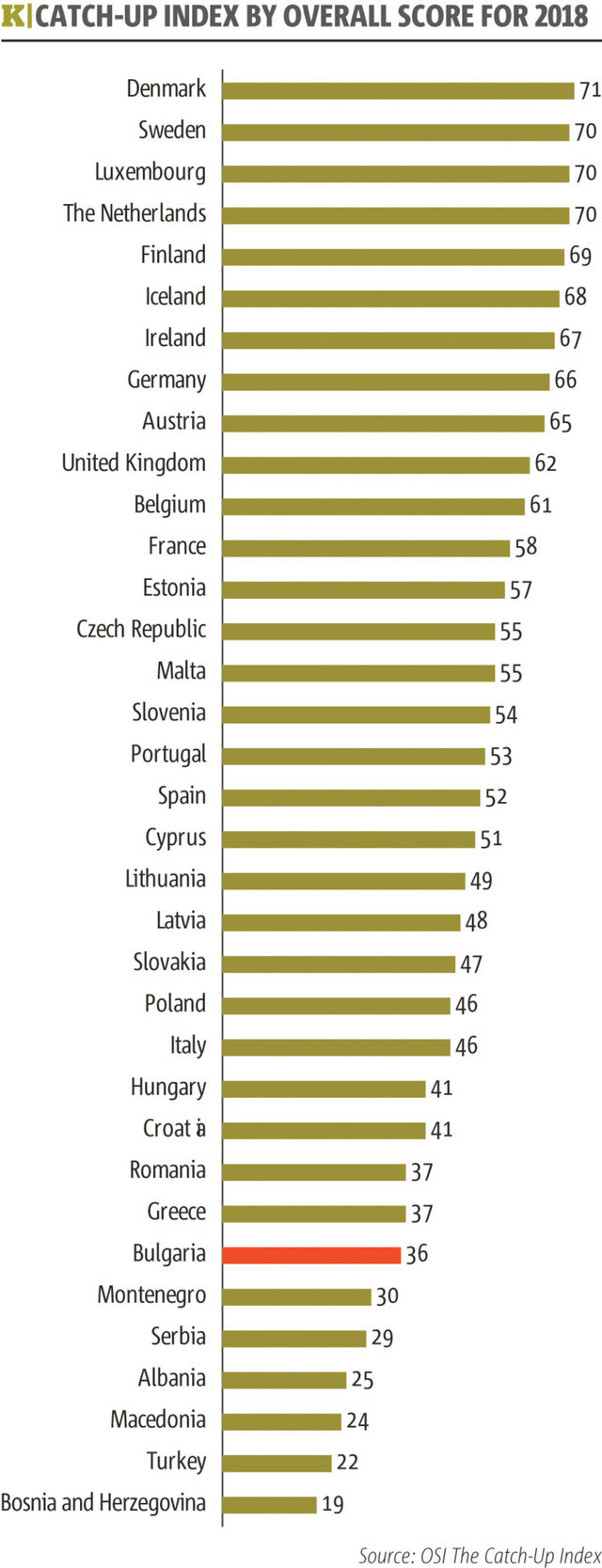
For the Central and East European (CEE) countries that joined the European Union after 2004, there is good news and bad. The negative is that they still have a long way to go before catching up with the more affluent old EU Member States.
The positive is that the CEE countries are outperforming the old Member States. Three new EU Member States - Estonia, the Czech Republic and Slovenia - are already on a par with some of their richer counterparts. This is the main conclusion of the most recent edition of the Catch-Up Index created a few years ago to answer the question "When are CEE countries going to catch up with the rest?" and reach "average European levels" of development. The index measures the performance of 35 countries - the EU Member States, the candidate and potential candidate countries across four categories - Economy, Quality of Life, Democracy and Governance, using 47 basic indicators. The Catch-Up Index 2018, released in March 2019, is the eighth annual edition of the report prepared by Sofia's Open Society Institute's European Policy Initiative. EU membership: Membership of the club pays off It is no surprise that the North-western European countries top the Catch-Up Index rankings in nearly every category. But long-term trends show that the CEE countries are indeed catching up with the rest and some of them are outperforming old member states. Three new EU Member States come very close to the desired benchmark- Estonia has reached 13th position out of 35, the Czech Republic is 14th and Slovenia is 15th in the overall ranking. Also, there is clearly a pattern associated with the EU membership status because members of the club perform better than outsiders. The most recent EU accessions - Bulgaria, Romania and Croatia - may often fall behind their CEE peers, but are still outperforming the EU candidate countries of the Western Balkans and Turkey, which lag at the bottom of the rankings. Among the remaining CEE countries, there are two diverging trends.








